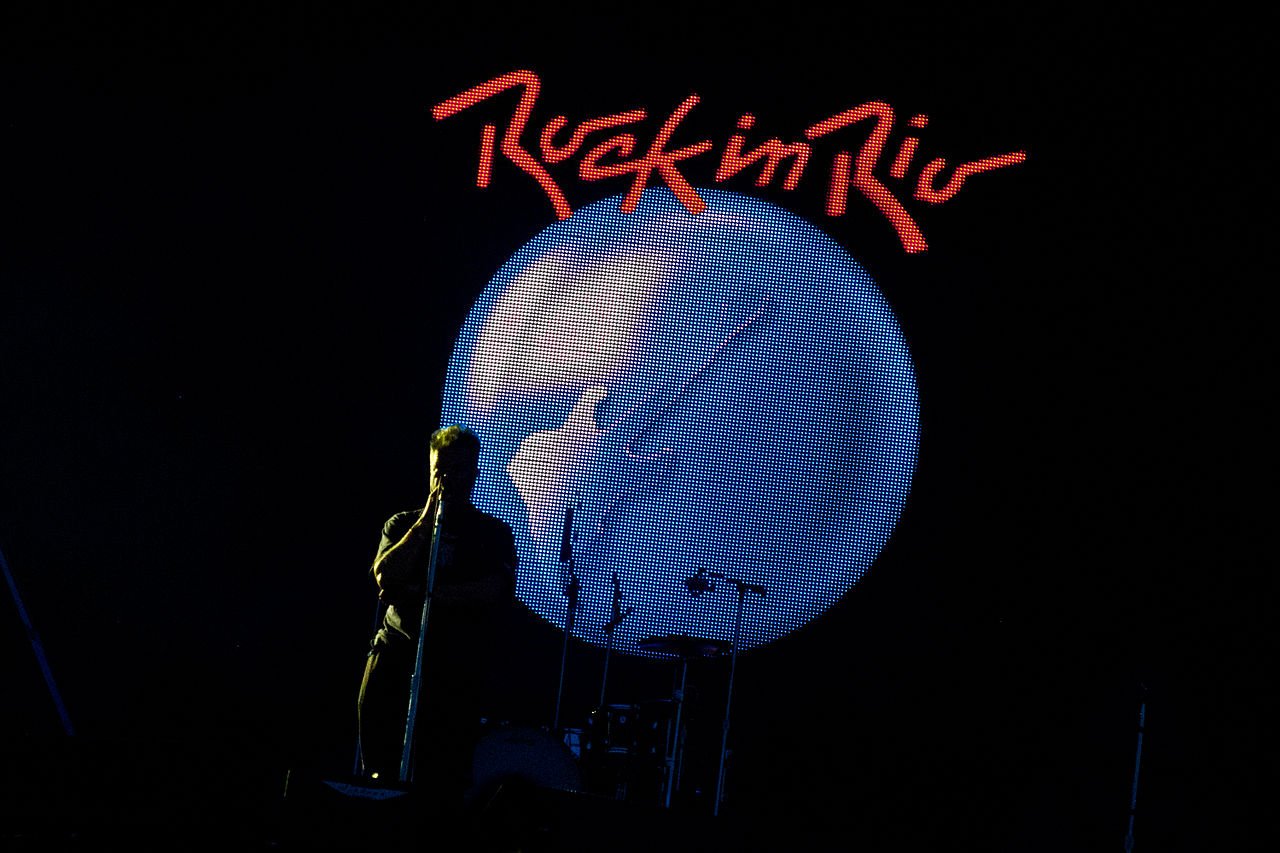The first Rock in Rio music festival took place on January 11, 1985, in Rio de Janeiro, Brazil. This groundbreaking event, conceived by Brazilian entrepreneur Roberto Medina, not only brought together renowned international and local artists but also set a new standard for music festivals worldwide. With its immense success, Rock in Rio quickly became a significant cultural event in the music industry.
Roberto Medina, the mastermind behind Rock in Rio, aimed to create a festival that would put Brazil on the global music map. With this vision in mind, he organized a star-studded lineup featuring some of the biggest names in music at the time. The festival spanned ten days and attracted an estimated 1.38 million attendees, making it one of the largest music festivals in the world.
Rock in Rio 1985 featured performances by renowned international artists such as Queen, AC/DC, Iron Maiden, and Rod Stewart, alongside iconic Brazilian musicians like Gilberto Gil and Caetano Veloso. The festival showcased a diverse range of musical genres, including rock, pop, and Brazilian music, appealing to a wide audience.
The success of the first Rock in Rio was not only due to its impressive lineup but also its innovative approach to the festival experience. It introduced various elements that would later become staples of music festivals worldwide. These included multiple stages, a large-scale production with elaborate sets, and state-of-the-art sound and lighting systems.
Rock in Rio also revolutionized the concept of festival sponsorship. Medina secured major corporate sponsors, such as Brahma, a Brazilian beer brand, and Shell, an international oil company. This innovative approach to funding allowed Rock in Rio to offer a high-quality experience to attendees while also generating substantial revenue.
The impact of the first Rock in Rio extended beyond the festival grounds. It put Rio de Janeiro on the global music map and showcased Brazil’s vibrant music scene to an international audience. The success of the festival paved the way for future editions of Rock in Rio, which have since been held in various cities around the world, including Lisbon, Madrid, and Las Vegas.
Since its inception, Rock in Rio has continued to attract some of the biggest names in the music industry. The festival has hosted performances by legendary artists such as Guns N’ Roses, Metallica, Beyoncé, and Justin Timberlake, among many others. Each edition of Rock in Rio strives to create an unforgettable experience for attendees, combining world-class music with innovative production and immersive entertainment.
The first Rock in Rio music festival in 1985 marked a turning point in the history of music festivals. It set a new standard for large-scale events, showcasing the power of music to unite people from different backgrounds and cultures. The festival’s success not only solidified Roberto Medina’s vision but also established Rock in Rio as a global brand synonymous with exceptional live music experiences.
SEO Excerpt:
The first Rock in Rio music festival, held on January 11, 1985, in Rio de Janeiro, Brazil, brought together renowned international and local artists, setting a new standard for music festivals worldwide. With its diverse lineup and innovative approach, Rock in Rio quickly became a significant cultural event in the music industry. This article explores the historical significance of the first Rock in Rio and its lasting impact on the festival landscape.

